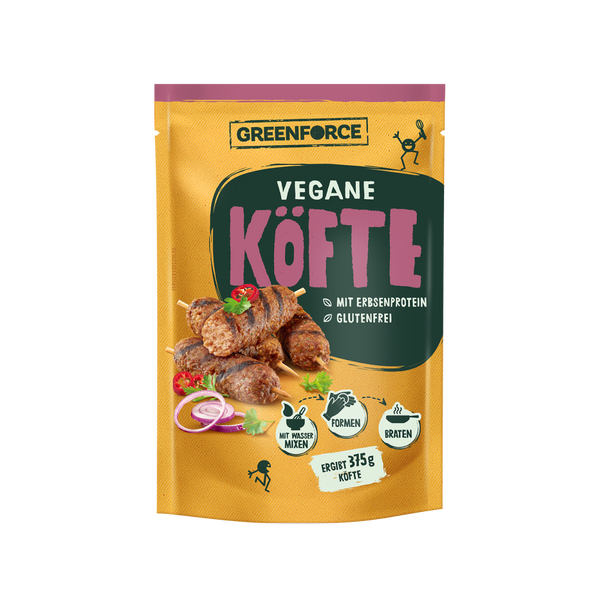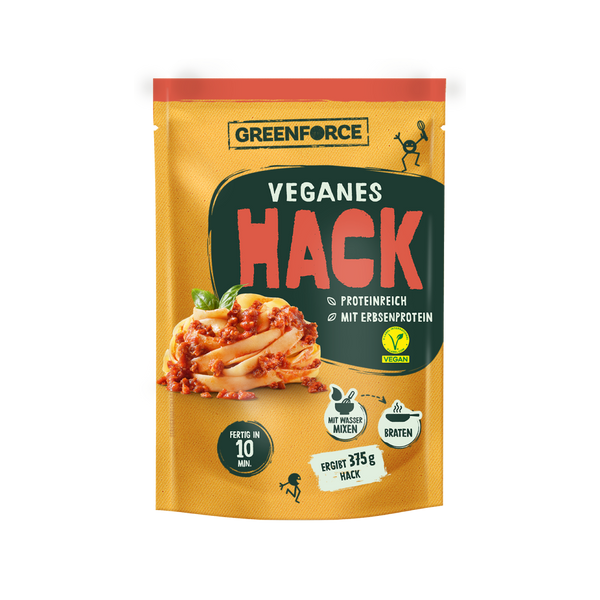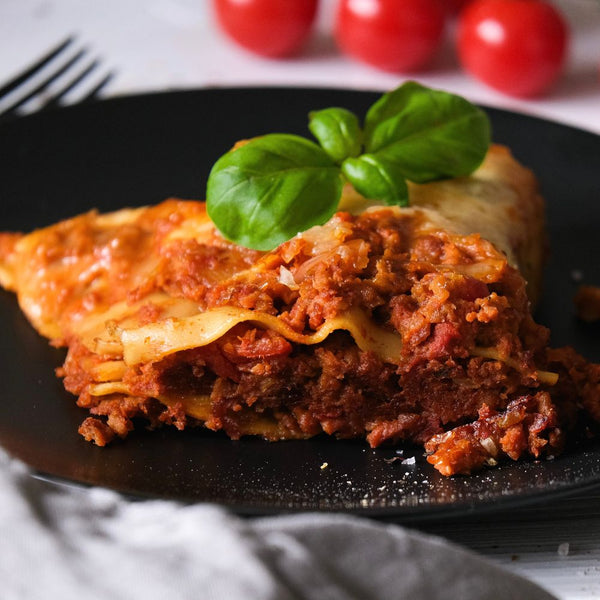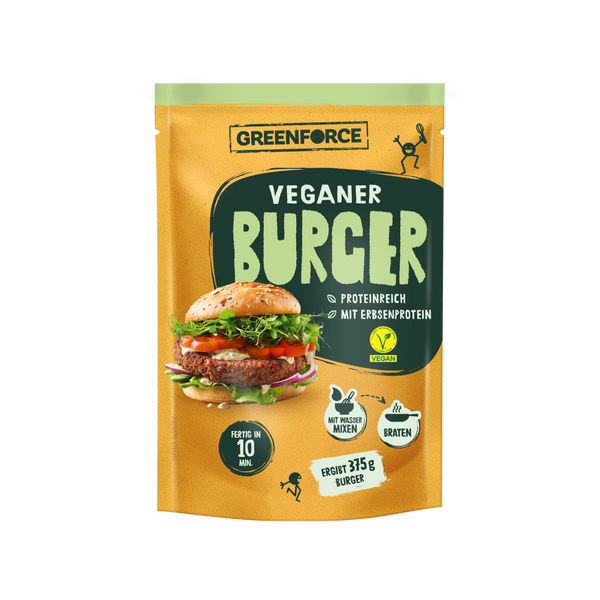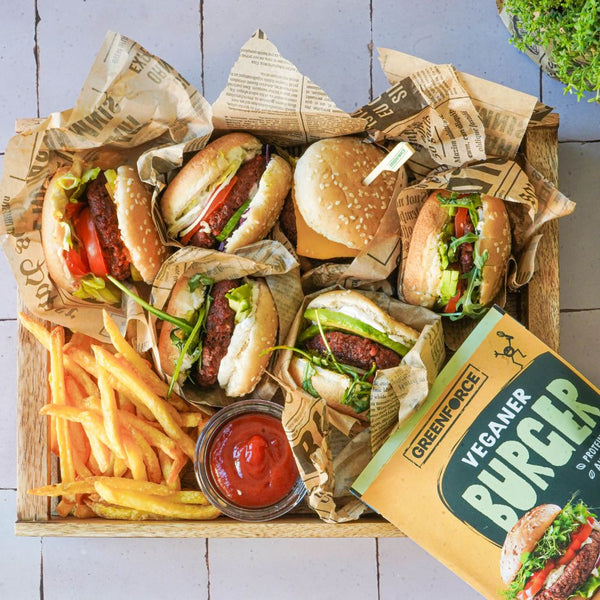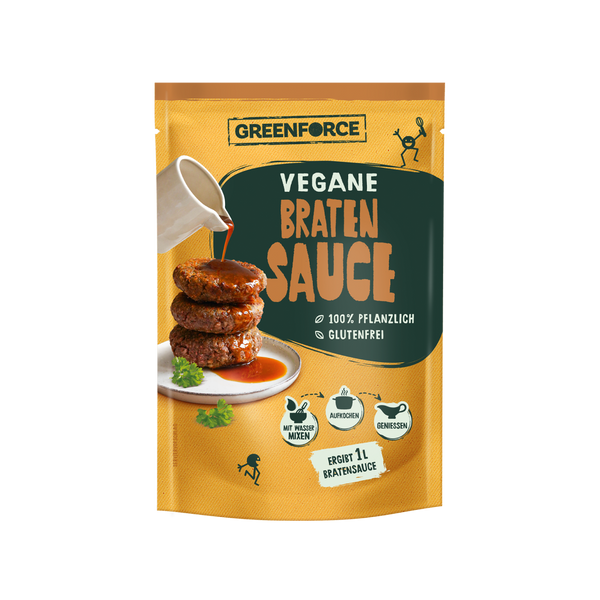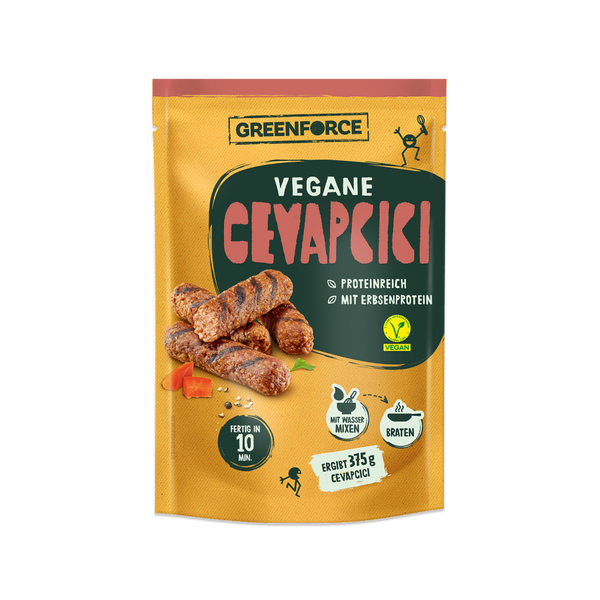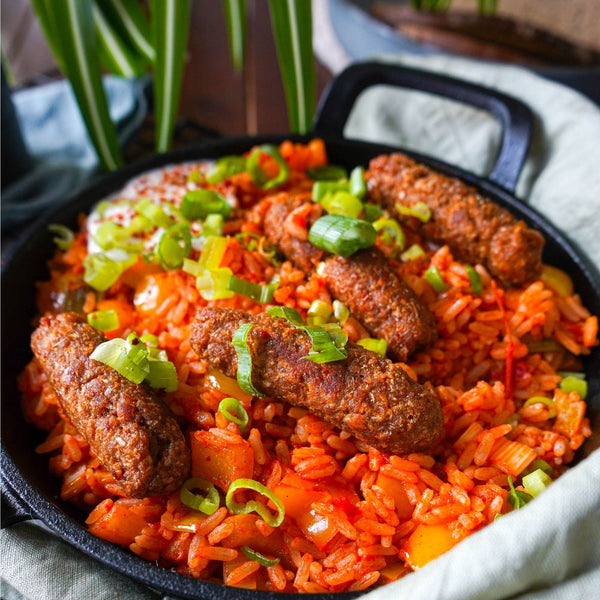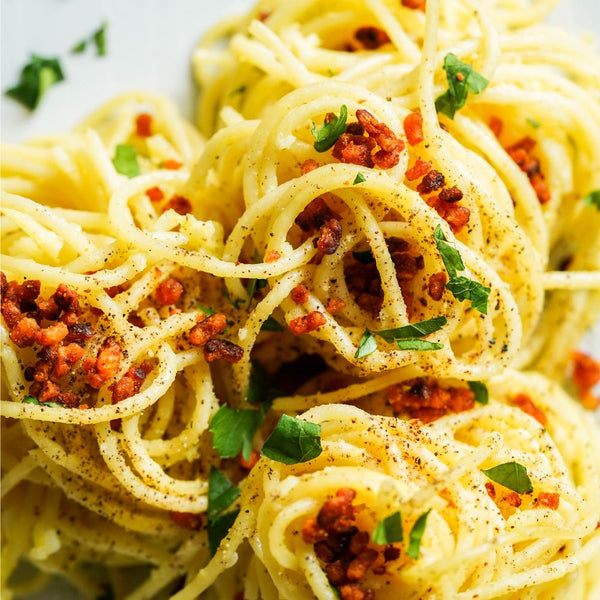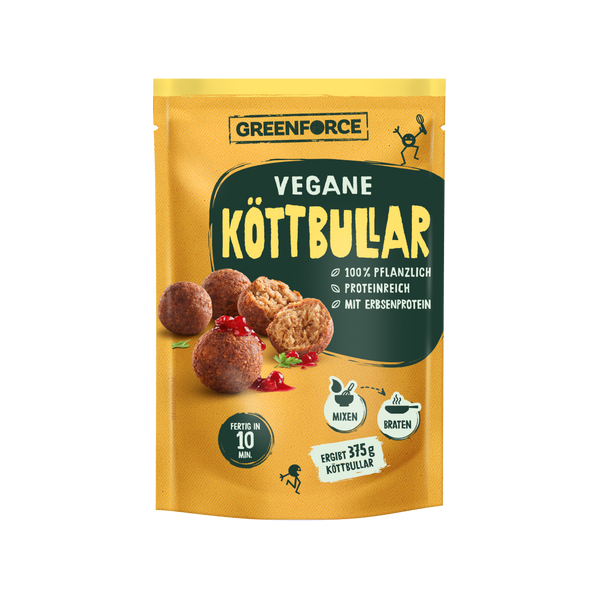The disease is also known as sprue and gluten intolerance . And not that rare, because it is one of the most common non-infectious intestinal diseases.
Children can be affected just as much as adults. In Germany, around 1 percent of all people suffer from celiac disease , although the severity varies.
The trigger for the chronic disease is partly genetic. The reason is that the body reacts to gluten. This is the gluten protein in many types of grain.
Gluten is contained in these grains:
Old and rare grains such as emmer, einkorn or green kernels also contain gluten. Oats are a special case. Oats are actually gluten-free. However, contact with wheat can occur during cultivation, further processing and packaging.
That's why you should pay attention to precise labeling when buying oat products.
Gluten causes inflammation in the small intestine . Tiny cracks form in the mucous membrane, it becomes thinner and can no longer do the actual work of the digestive process.
If you have the right disposition, even the smallest amounts are enough to cause consequential damage in small children and other age groups .
The body reacts to gluten and produces antibodies against the gluten component gliadin. These antibodies destroy the lining of the small intestine by attacking the structural proteins in the small intestine.
The consequences are serious : If celiac disease is not recognized and treated in the child , the food can no longer be consumed with all the important components.
Deficiencies in the absorption of zinc, calcium, iron and vitamin D can occur. Due to the undersupply, the formation of digestive enzymes suffers.
Children suffer from indigestion, abdominal pain and diarrhea. Other food intolerances may occur, such as lactose intolerance .
Even more serious effects include anemia, rickets and short stature . Damage to teeth is also possible. Above all, the child simply does not feel well; he is often tired and exhausted. Older school-age children may experience a drop in performance.
 Germany
Germany
 Austria
Austria
 Switzerland
Switzerland
 Netherlands
Netherlands
 Belgium
Belgium
 Luxemborg
Luxemborg















